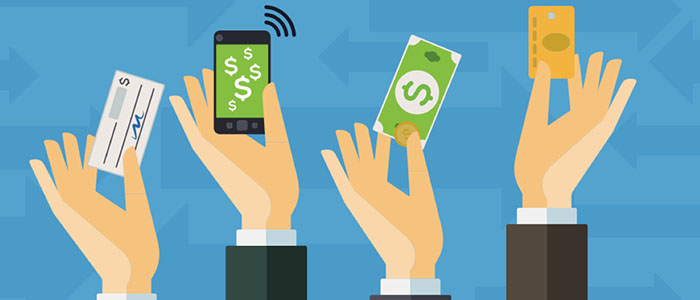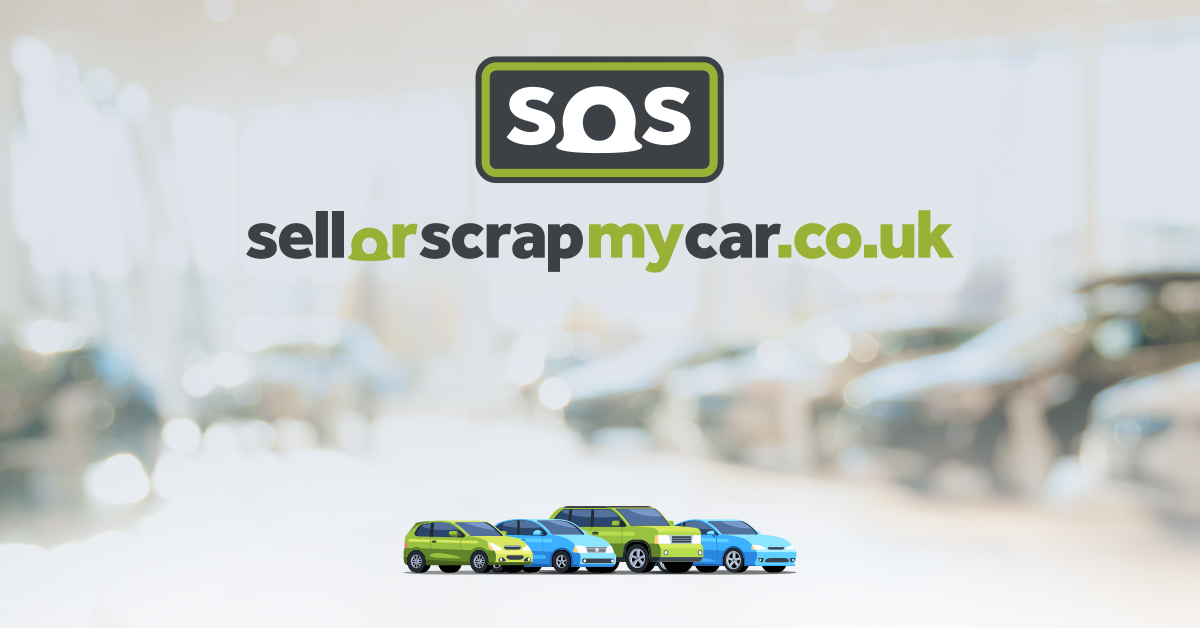The best way to sell a car privately
18th March 2021
Before you consider selling your car privately, always check the market to make sure that your car make is in high demand so that you sell for the highest price.
The best way to check is to take a look at other car advertisements to see what types of cars are on sale and what prices they are selling for. For example, if you have an SUV, search for SUV advertisements online and in dealerships.
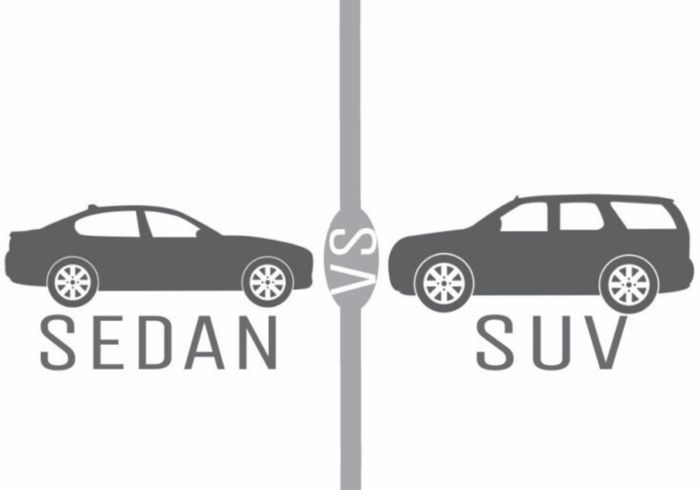
Selling a car isn’t hard, it just takes a lot of work, especially if you plan on selling it privately. You have to know the specs of your car, know what questions are expected from potential buyers, and know how to negotiate for the price that you want. The information has to be delivered to the customer in a presentable way so that they would want to buy your car.
You might be thinking that trading in your car at a dealership would be the easier path, but statistics show that you don’t always get as much money for your car for trading it in. Selling your car privately gives you the most control over how much you get for your car.
Step 1: The Clean Up
The first thing you have to do is prepare your car for advertisement. Clean up your car because you want it to look presentable to your buyers. Give it a good and thorough wash and vacuum out all the dust, dirt, and grime. Make sure your car has a clean smell in the end because your buyers are going to want a test drive before purchasing your car.
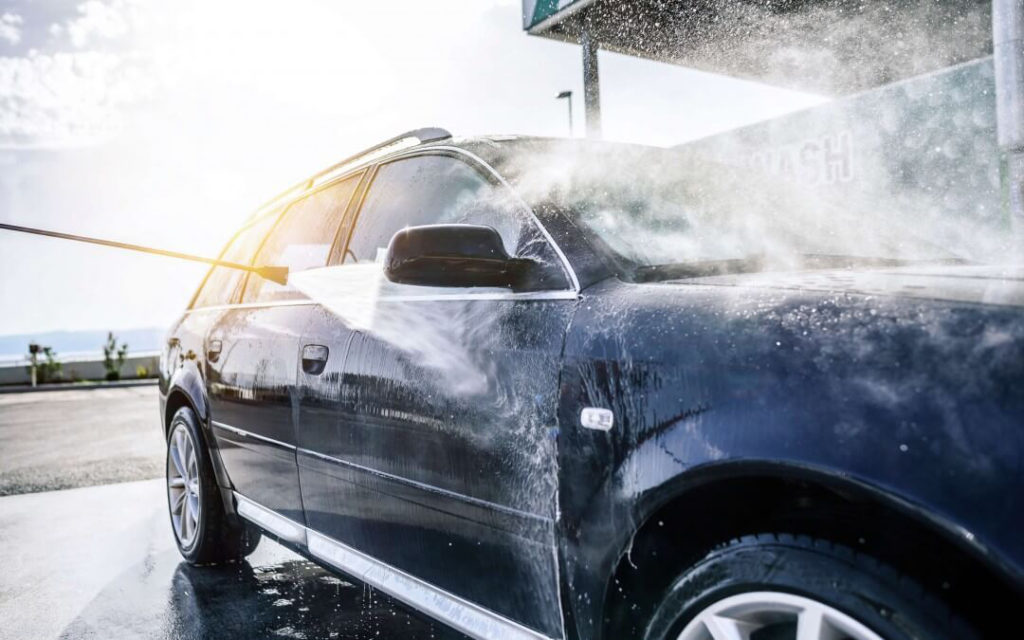
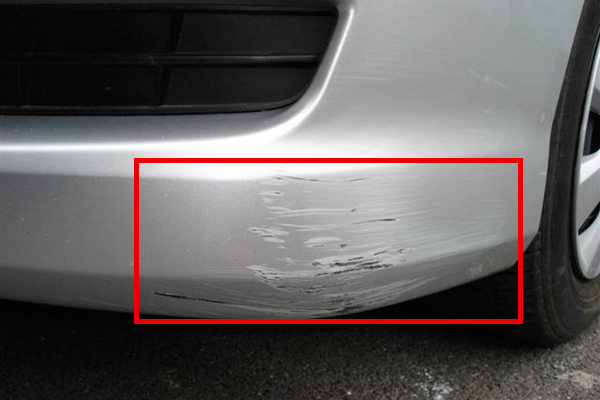
It’s okay to spend a little money to get your car touched up to cover the scratches or dents if it has any. If you choose not to get your car touched up, make sure you take a picture of the damaged side of the car and a close up picture so they can see it in detail. Be sure you point at the damage and make sure you clearly indicate where it is so it won’t be missed. The last thing you want is a potential buyer missing that tiny detail that determined their final decision.
A brand new car would be the general appeal you should aim for so ideally when you’re finished cleaning and touching up your car, it should look exactly like when you first bought it.
After you finish cleaning up your car, take pictures of your car at good angles so the photos emphasize its best features. Try to take your pictures in a clean and nice background with good lighting, so ideally on a clear sunny day.
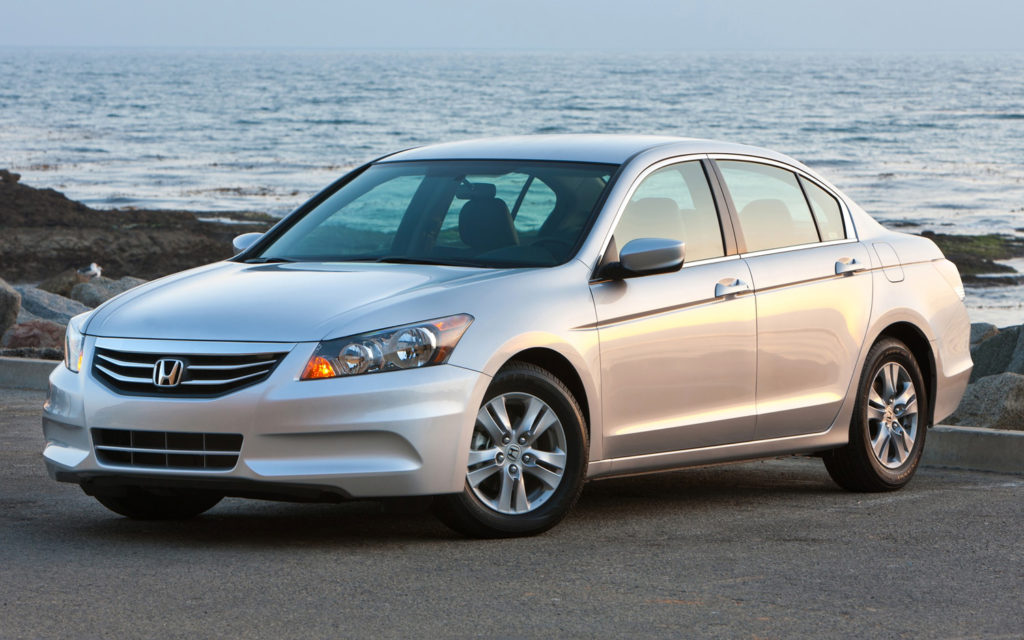
Step 2: Finding the Right Price
Now you can start figuring out the price for your car. Let’s go step-by-step on what buyers look at:
- Your car’s make, model, year, and mileage on the odometer.
- Has it had a safety inspection?
- Provide a lien report if you still owe money on the car.
- Is it automatic or manual?
- The primary driving environment – if it was mainly used on the highway or the city streets.
- The exterior condition – chips, dents, or damages.
- The interior condition – quality of the seating, whether the material of the leather or fabrics have any rips, tear, or wear.
- Internal mechanics – sound quality, air conditioner, heater, and engine problems.

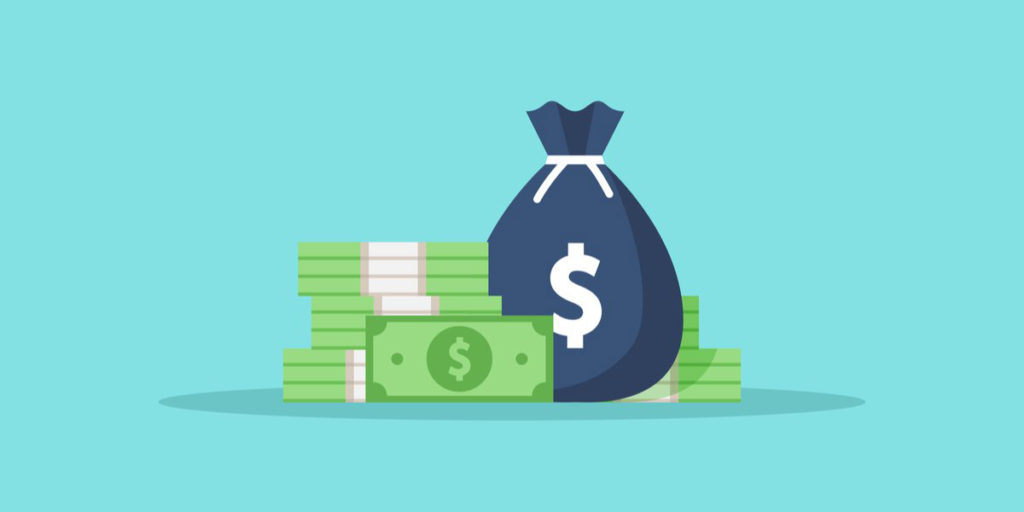
These are things to consider when determining your car’s market price. The tiniest details may have a big impact on whether your car will be bought so make sure you jot down everything accurately.
When you start pricing your car, set your price slightly higher than what you were originally going to sell it for. Chances are, people are going to want to negotiate for a lower price. For example, if you plan on selling your car for £15,000, set your price for £17,500.
Step 3: Advertising
There are many ways for you to advertise your car. Word of mouth is one of the best ways. One of your friends might know someone who is in need of a car. Posting on social media is a good way to notify your friends and family that you are selling your car.
Putting a for sale sign with the price on your car is another way to advertise. That way, everyone who walks past your car will know that it is for sale. Additionally, you can even do it the old fashioned way and make paper flyers of your car advertisement with your contact info and post them on local message boards or poles. Make sure that your ad is noticeable so that people actually see it and take note of it.

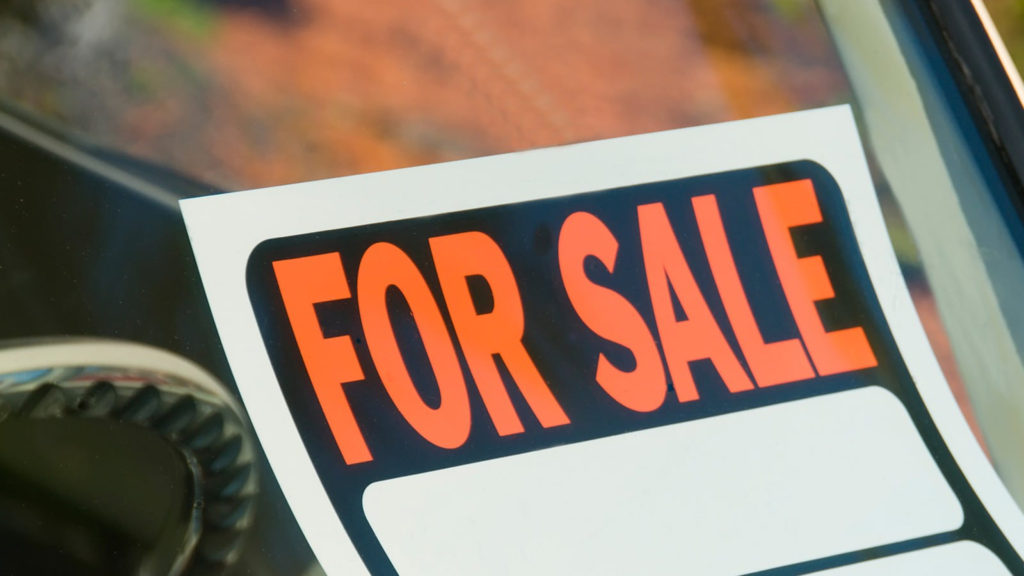
Another good way to advertise would to put an ad up online on car forums or used cars marketplace sites. Statistics show that over 60% of people shopping for cars shop online over going into the dealership. Some sites have different terms on how much you pay to advertise on their site and some require different information so it’s good to collect all the information about your car from the start.
Step 4: Negotiating
Once you advertise, expect a lot of phone calls, texts, and probable emails. Many buyers don’t like leaving a message so be sure you are there to pick up the phone. This would be your chance to give a good first impression and to let the buyer familiarise themselves with you.
Negotiating for your car can be a hassle. It really depends on how good you are with bargaining for the price you want in a polite and firm manner. Some things you should definitely have on hand when you meet your buyer:
- Driver’s licence
- Proof of ownership
- Warranty papers
- Insurance papers
- Maintenance reports
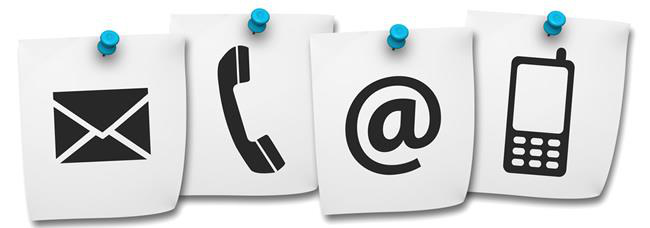

Be prepared to answer any other questions that wasn’t listed in your ad that your buyer might have. They would want to know if it was involved in any accidents, where you bought the car from, and how many previous owners it has had (if any).
You should always expect your buyer to want a test drive or want to take the car to their own mechanic if they happen to have any doubts. Always check to make sure that they have a valid driver’s licence before letting them test drive. Ride along with them so that you can answer any questions that might arise.
Last but not least, be confident. You should know everything about your car since you used it and want to sell it at its best price, to at least make back some of the money you spent on the car. The last thing you want is to appear uncertain about bargaining and end up being pushed into selling for a much cheaper price than you would’ve sold it for. Being uncertain may also create or reaffirm any doubts that your buyer might have.
Generally, after the test drive is when your buyer will want to offer you a price. Always expect them to offer a lower price than what you originally wanted. Don’t be afraid to bargain for what you want.

Step 5: Payment
Your safety is your number one priority so you should always schedule to meet in a public place or you could get a friend to go with you.
Accepting payment can be a little tricky. Cash ensures that your payment is upfront but your buyer might not be comfortable with carrying around £15,000 and you don’t want to be sitting there counting to make sure all the money is there.
You could always arrange to meet at your buyer’s bank so that you can verify that the cheque is valid or so you can witness them making the exact cash withdrawal amount. Another good way to take payment is through a wire transfer. Always ensure that the money has went through before finalizing the deal and leaving them with the keys.
